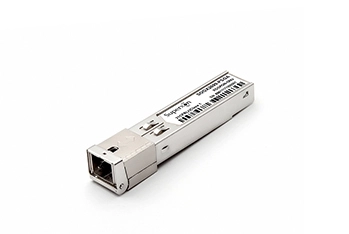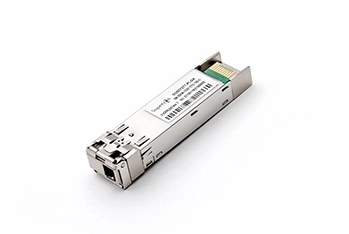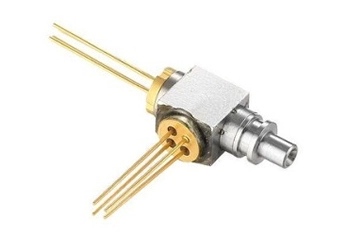en

Optical transceivers are essential components in fiber optic communication, converting electrical signals to optical signals and vice versa. They enable high-speed data transmission over long distances, making them crucial for data centers, telecommunications, and enterprise networks. Available in various types, they support diverse bandwidth and distance requirements.
Optical transceiver modules are critical components in modern communication networks, converting electrical signals into optical signals and vice versa. They consist of a transmitter and a receiver housed in a single unit. The transmitter uses a laser diode to convert electrical signals into light pulses, which are then transmitted through optical fiber. The receiver, on the other hand, uses a photodiode to convert incoming light pulses back into electrical signals.
These modules operate at various data rates and distances, depending on the type (e.g., SFP, QSFP) and the fiber used (single-mode or multi-mode). Key components include the laser driver, transimpedance amplifier, and clock and data recovery circuits, which ensure signal integrity and synchronization.
Optical transceivers are hot-swappable, allowing for easy upgrades and maintenance without disrupting network operations. They are essential for high-speed data transmission in data centers, telecommunications, and enterprise networks, supporting bandwidth-intensive applications and ensuring reliable, high-performance connectivity.
Single-mode and multi-mode optical transceiver modules serve different purposes in fiber optic communication. Single-mode transceivers use a laser to transmit light through a narrow core (around 9 microns in diameter) of single-mode fiber, allowing for long-distance transmission, often exceeding 10 kilometers. They are ideal for telecommunications and long-haul data center connections due to their low signal attenuation and high bandwidth capabilities.
Multi-mode transceivers, on the other hand, use LEDs or VCSELs (Vertical-Cavity Surface-Emitting Lasers) to transmit light through a wider core (50 or 62.5 microns) of multi-mode fiber. This design supports shorter distances, typically up to 500 meters, making them suitable for intra-building or campus networks. Multi-mode transceivers are generally more cost-effective and easier to install due to their relaxed alignment tolerances.
In summary, single-mode transceivers are preferred for long-distance, high-bandwidth applications, while multi-mode transceivers are more economical for short-range, high-speed connections within localized environments.
The choice between single-mode and multi-mode transceivers depends on the distance and bandwidth requirements of your network. Single-mode transceivers are suitable for long-distance transmissions (over 10 km) and high-bandwidth applications, while multi-mode transceivers are more cost-effective for short-range connections (up to 500 meters) within buildings or campuses.
Yes, most optical transceiver modules are hot-swappable. This means they can be inserted or removed from a network device without powering down the system, allowing for easy upgrades and maintenance without disrupting network operations.





